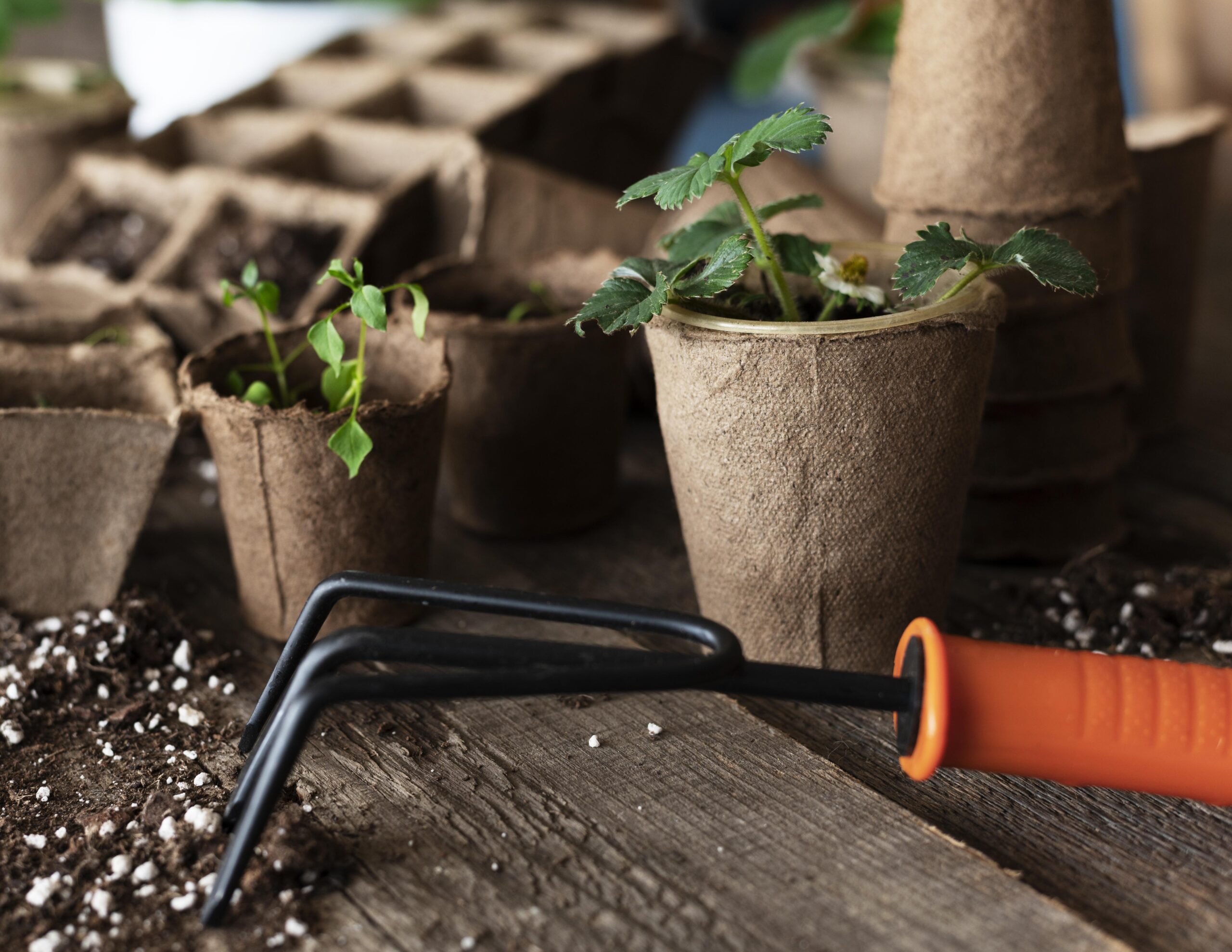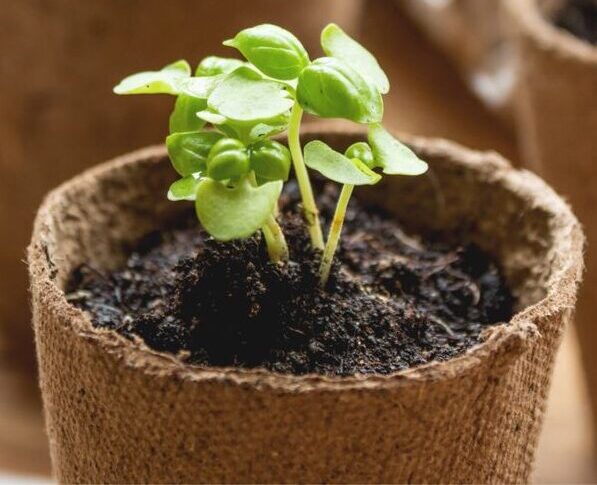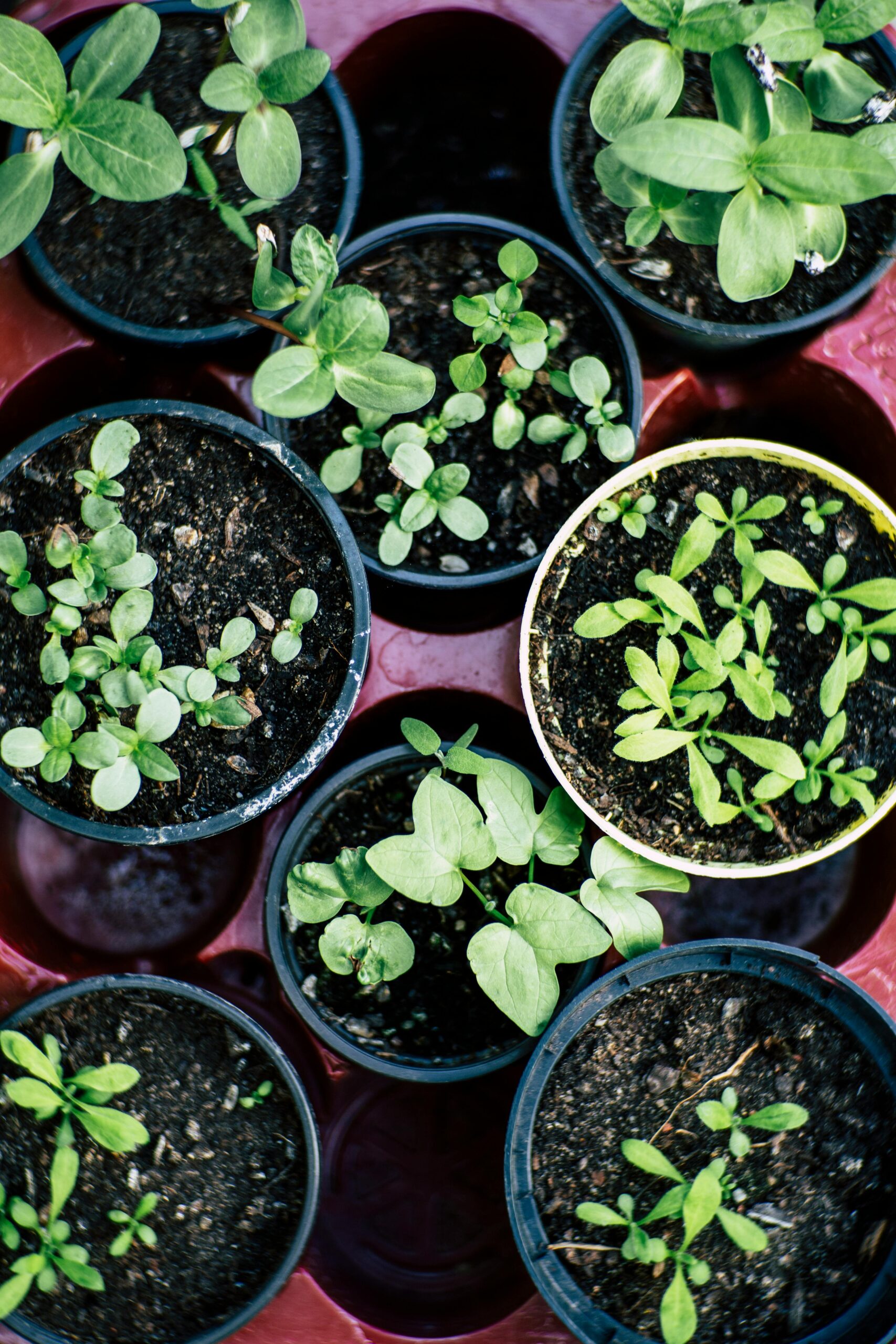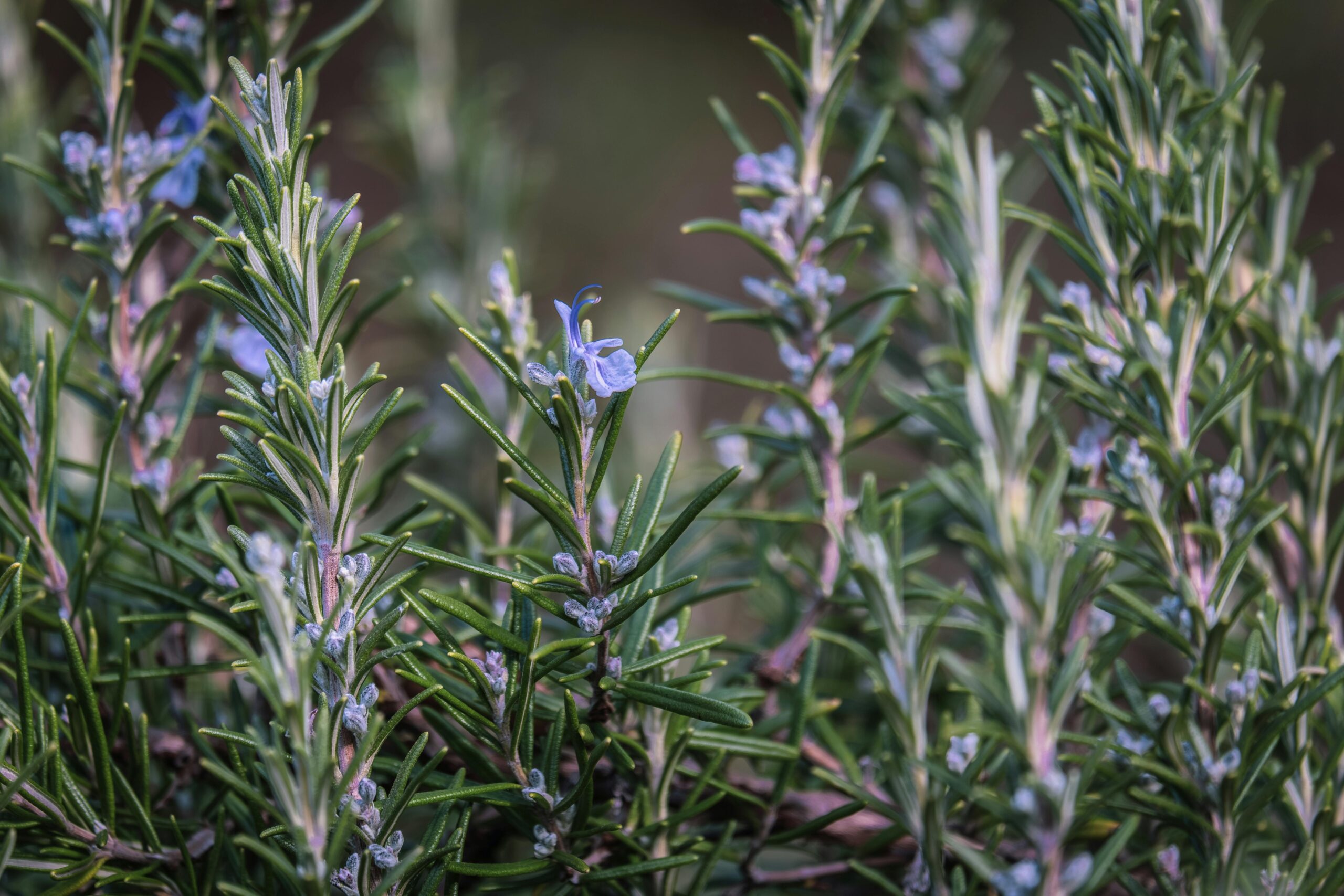
If you want to achieve super-quality yield from your plants, you need to understand the plant growth cycle. Why? Because the requirements of plants keep changing at each growing process and this blog will show you exactly how the plant grows at different stages. Plus, you’ll also learn how to know a plant’s exact requirements just by identifying the color of their leaves.

The seed is the origin of any plant. It contains everything a plant needs to
survive until the formation of a root. A seed has three fundamental parts:
The seed coat, the endosperm, and the embryo.
All of these things are carefully tucked inside a seed.
You may not witness the growth cycle at this stage since you will probably buy half-grown plants for your indoor garden. Still, being familiar with these concepts is essential if you want to dive deeper into gardening.

Germination occurs when the seed finally emerges out of its shell.
Before a seed can germinate, two things must be provided in abundance:
rehydrate regularly and adequately. So, seeds need sufficient water
to start germinating.
Germination usually takes days to weeks, depending on what you are planting. Some trees take weeks to germinate, while most vegetables take a few days. However, certain factors can inhibit germination.
First, if you plant seeds too deeply, they might not be able to come out
of their shells. The right thing is to read and follow the instructions with your seeds. You shouldn’t just use a random amount of soil on
the plants.
Some crops prefer to be under the soil’s surface, while others need to be on top. Again, you might not need to worry about this factor if you
purchase already growing plants.
Second, seeds of poor quality won’t germinate as fast as high-quality ones. Ensure the manufacturer you buy your seeds from regularly tests
for germination rates. That will ensure you aren’t buying duds. Consider
buying from organic distributors. They sell the highest
quality seeds.
Third, most seeds prefer moderately moist soil to grow in.
When seeds first germinate, they depend on the endosperm for growth. The seed sends the root deep into the soil to form a support system that can transfer nutrients from the soil to the plant to encourage further development.

Once the root has established a way for the seedling to absorb nutrients
from the soil, it still needs to expand its leaves to acquire light and
produce the energy it requires for growth. The vegetative state is when plants grow stem, branch, and leaf areas to access light. The leaves increase and become more prominent, creating a larger surface area for light absorption.
During this stage, those leaves also need nitrogen for chlorophyll
production (chlorophyll is the material plants need to draw
in energy from the light source).
This is the phase when the plant redirects energy from growth to flowering. During the reproductive phase, the plant needs phosphorus because it assists with flowering and fruit growth.
You can trigger reproduction by changing the amount of daylight a plant is
exposed to daily. Plants have a sensitivity to these changes, which is called photoperiodism.
But they only notice the light, not its source. And that is why you can use artificial lighting to control indoor plant growth. If you provide a measure of light similar to the natural sunlight, your plants will grow indoors.
Those who grow perennial plants are familiar with the dormant phase of the growth cycle. Perennials are those plants that live for more than one year. Many gardeners overlook this stage since they mostly grow annual plants. But knowing this can be helpful if you plan to grow perennial crops.
In the dormant stage, plants hold off on growth until you provide a more
suitable growing environment. It’s similar to how some plants hibernate
during the summer heat or the winter months. This period can make it seem like your plants are dying off. In reality, they are just conserving energy until an opportunity arises for the life cycle to continue.
Dormancy naturally occurs with seasonal changes due to lower light hours and colder weather during winter. For plants who love the cold, it often happens during summer. The plants come back right after the heat subsides.
Indoor plants don’t experience dormancy as much as outdoor ones, which is another reason to love gardening in your home’s comfort.
The roots take nutrients, water, and air from the soil and transport them to the leaves for photosynthesis. If you don’t create enough space for the roots to grow, the growth of your plant, tree, fruit, or flower is affected. Once the plant reaches a specific size,
it may not be able to grow further.
But sometimes, your plant might look sickly while seemingly growing
great. That might indicate that your roots require more room to grow and
absorb the necessary things to support the plant’s development. You would
need to re-pot the plant in that case.
Conversely, you can encounter issues concerning too much growth space
for the roots. If a container is too big, that leads to “over-potting.”
The problem of over-potting is caused by too much soil, not the roots.
When you plant in a container more significant than what you need, the water you
feed the fruit or tree sits in the part of the soil where the minor root system
can’t absorb nutrients, water, or air. This decreases aeration, and the roots begin to rot rather than expand.
This problem only happens with indoor or container gardening since
outdoor gardening soil drains water much better. However, you choose coir pots made from raw coconut fiber, which does not require drain holes and provides better aeration to plant roots.
Leaves ensure a plant’s growth and continued survival by converting light to
energy. To get a little technical, the photosynthesis process produces
glucose to fuel the plant. One thing about leaves is that they can
communicate with you. Just be a good listener. You can tell your plants.’
needs from the leaves’ colors.
sign that your plants need less water or more nutrients. Stop
watering your plants as often as usual, but give
them enough water. If the yellow doesn’t go away, that could mean
They need more plant food due to nutrient deficiency.
If your leaves start showing yellowish spots, that could signify a
spider mite problem. Scale also occurs indoors, leading to other
Problems.
the right consistency of water will ensure that the soil keeps drying up
without the leaves turning brown and crunchy.
aren’t expanding, your plants need more sunlight or water. Without
adequate water and sunlight, photosynthesis cannot happen; plants
can’t add new leaves or grow further. Try giving the plants more
water at first. If that doesn’t work, increase the light source.
Plants require various nutrients to trigger photosynthesis and to create a solid root system. The primary nutrients plants need are nitrogen, potassium, and phosphorus. Every plant needs these major nutrients to live and thrive.




+91-7019960850
sanjeevinigarden@gmail.com
Sanjeevini Garden Products, KAN-4-36/2, Coastal Farms (formerly chicken) road, Padil-Kannuru, Mangaluru 575007
Copyright © All Right Reserved